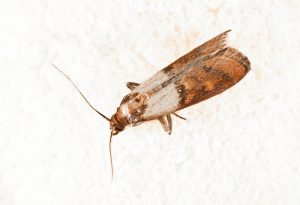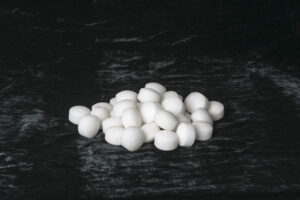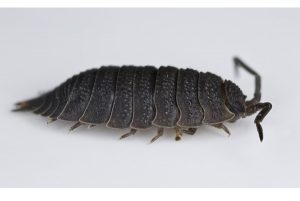
The Top 3 Flies Found Around Your Home
We all know that Australia is the fly capital of the world. But not all flies are the same. When it comes to fly control around the home, it helps to be able to identify the type of fly, as this helps you carry out an effective treatment and also prevent fly problems returning in the future.
There are 3 types of flies which cause problems around the home:
-
Filth flies
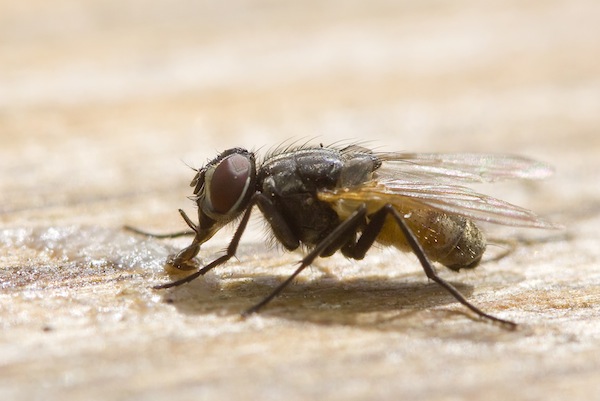
The filth flies, which include the housefly and the bush fly, are the flies that spring to mind if someone says they have a fly problem. They get their name from their habit of living around, breeding in and feeding on faeces and garbage. This is why they are also a major cause of disease transmission, especially of gastro type illnesses.
Treatment:
Spray fly resting places – the exterior walls and internal walls – with PestXpert Pro Spray Outdoor Perimeter or PestXpert Pro Spray indoor and outdoor. The residual insecticide left on the surface will kill the flies when they land.
Having a flying insect aerosol on hand to take care of the occasional indoor invader is always a good idea. It’s important to choose an aerosol that is specifically designed for flying insects, such as PestXpert Pro Spray Flying. The formulation is designed to create very small droplets for a long hang time to create a cloud the which the insect flies through and special solvents for quick penetration of the cuticle of flying insects.
Fly traps can also help keep numbers down.
Prevention:
Eliminate fly breeding places:
- Pick up pet poo
- Avoid using chicken manure
- Keep garbage in well-sealed bins
Well-fitting insect screens will prevent flies coming into the house.
-
Vinegar flies
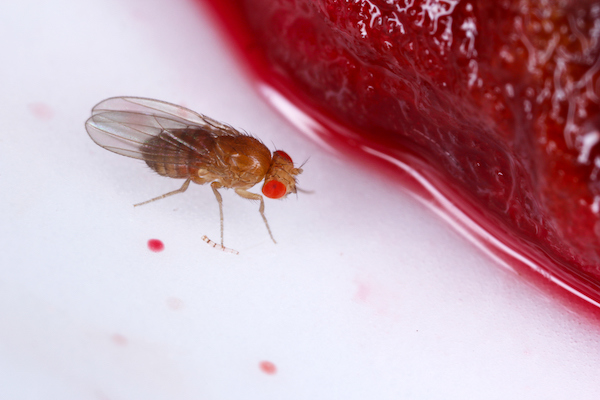
Sometimes these are called fruit flies, but they are more accurately called vinegar or fermentation flies (Drosophila species). As their name suggests, they are attracted to and breed on rotting fruit and vegetables (as well as beer and wine spillages!). These small flies typically appear in the home if you’ve got some rotting fruit or vegetables at the back of the cupboard or under an appliance.
Treatment:
The key first step in the treatment is to find the source of the infestation – there has to be a suitable breeding site. Whereas rotting fruit and veg may be quite obvious, vinegar flies can breed in the smallest of food deposits. Even food or liquid in a crack at the back of a food preparation surface or under an appliance is easily enough to start an infestation, so it may be necessary to be quite thorough in the inspection.
Once the infestation has been found, the rotting food should be placed in a plastic bag and sealed, before throwing out or if the infestation is due to food in a crack or crevice, a thorough clean is required.
Any adults can be dealt with using a flying insect aerosol, such as PestXpert Pro Spray flying.
Prevention:
Make sure any fruit and veg is either eaten or thrown out before it starts to rot!
Good hygiene practices will ensure no food or food residues are left behind and under appliances or in any cracks and crevices.
-
Drain flies
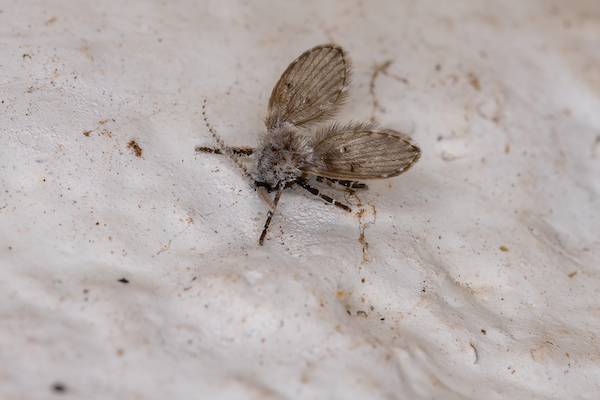
Drain flies or sewer flies (Psychoda spp.) look like small moths (with their furry body, wings and antennae), but are actually flies. As their name suggests, they breed in drains in the organic residue that tends to build up.
Treatment:
Much like the vinegar fly treatment, the key first step in the treatment is to find the source of the infestation. Typically, that will be a drain, so it should be easy to find, although sometimes the build-up of organic material behind sinks, showers and toilets can also be a source of infestation and so may take some time to locate.
If the drain is the source of the infestation, the first step is to apply a drain cleaner (drain cleaning foams are ideal). This will clear away the organic material as well as the fly larvae. Adults can be dealt with using a flying insect aerosol, such as PestXpert Pro Spray flying.
Prevention:
Make sure drains are kept clean. Even though they may not be blocked, even small amounts of organic material can provide a suitable breeding site, so inspecting your drains once a month is a good idea as part of your house cleaning regime.
Although those are the three types of flies that cause the most problems, blow flies and flesh flies are two other groups of flies sometimes found around homes. Blow flies feed and lay eggs on dead animals and rotting flesh, as do flesh flies, which also lay eggs in live wounds. It’s worth knowing this, as if you spot these flies around the house, it could mean you have a dead possum, bird or rat in the roof.
More information on fly control.

